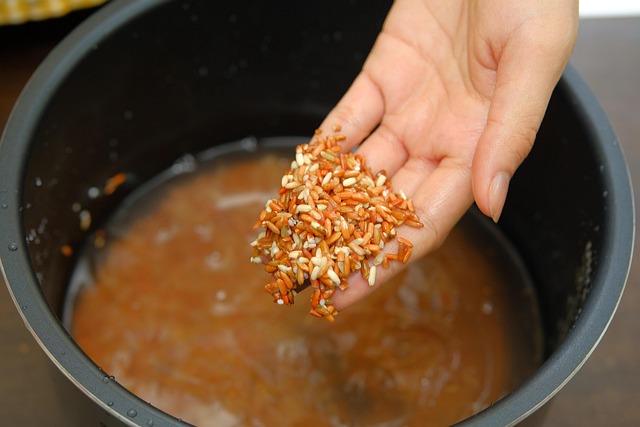**1. Brown Rice: Portion Size Still Matters**
Many people with diabetes believe that switching from white to brown rice frees them from blood sugar concerns, but this is a dangerous misconception. While it’s true that brown rice is richer in fiber, vitamins, and minerals and has a lower glycemic index (GI) than white rice, it’s crucial to remember that its main component is still ‘carbohydrates.’
**2. Why is Brown Rice a Better Choice?**
– **Lower Glycemic Index (GI):** The dietary fiber abundant in the bran layer of brown rice slows down the digestion and absorption of sugar. This leads to a much more gradual rise in post-meal blood sugar compared to white rice.
– **Rich in Nutrients:** Minerals like magnesium play a role in helping insulin function, which is beneficial for blood sugar control.
**3. Smart Brown Rice Consumption Strategy**
The key to blood sugar management is controlling the ‘total carbohydrate intake.’
– **Eat Appropriate Portions:** Even with brown rice, you should control the amount to be the same as your usual portion of white rice, or adjust based on your personal blood sugar response (e.g., 1/2 to 2/3 of a bowl).
– **Balanced Meals:** Pairing brown rice with plenty of vegetables and protein side dishes helps maintain more stable blood sugar levels.
Summary: Brown rice is undoubtedly a far better choice than white rice, but it is not a ‘food that doesn’t raise blood sugar.’ For proper blood sugar management, it is essential to consume even brown rice in controlled portions.


Leave a Reply